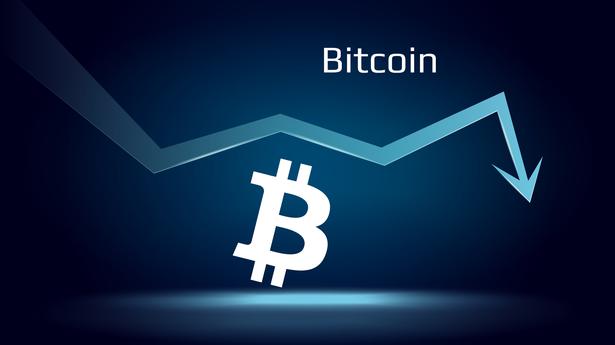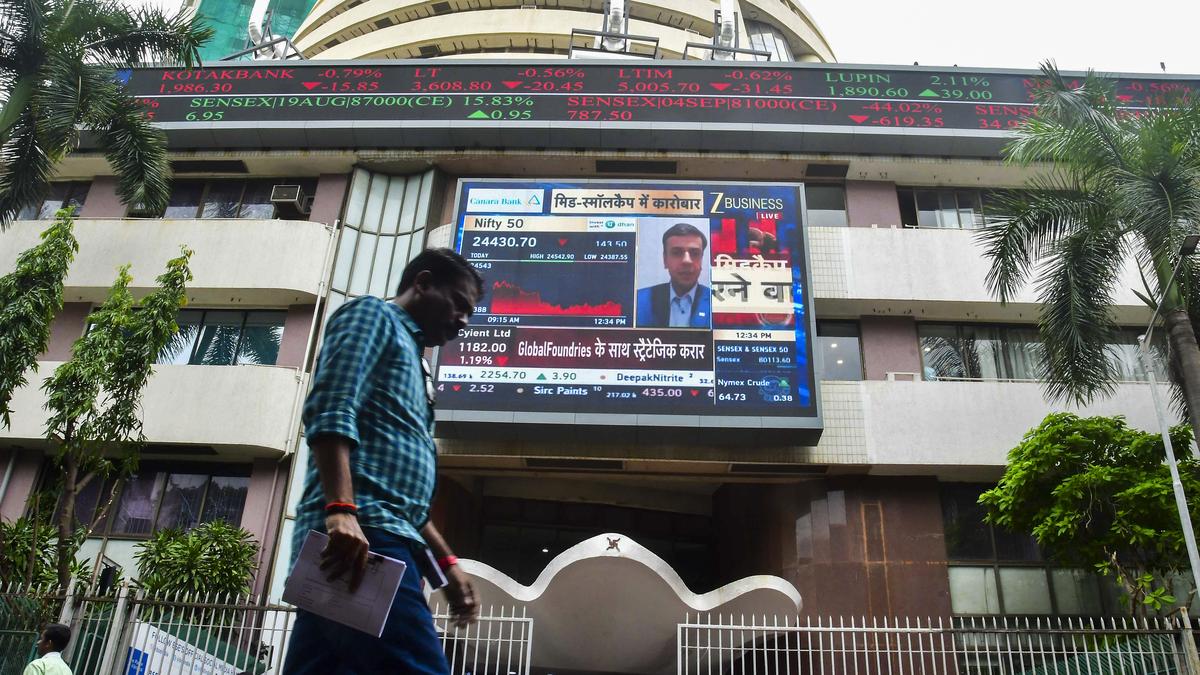Is inflation the only reason why cryptocurrencies like Bitcoin had such a steep downward movement?
Is inflation the only reason why cryptocurrencies like Bitcoin had such a steep downward movement?
The story so far: Bitcoin, the most dominant cryptocurrency around, is down more than 50% from an all-time high price of $68,000, which it achieved just last November. It has, in fact, lost a fourth of its value in the last 30 days. Bitcoin isn’t alone. The prices of almost all cryptocurrencies have seen a similar steep downward movement over the last month. Volatile price movements aren’t new to the cryptocurrency world but this time the plunge seems to have revealed new insights and vulnerabilities of the market.
Is the Bitcoin price fluctuation a new phenomenon?
It isn’t. Its history is filled with many instances of big price falls and big price rises within a short period of time. Last year, after hitting a new peak of over $63,000 in April, its value more than halved by June. China’s crackdown on cryptocurrency mining operations was seen as the main reason for this fall. The April price it reached was itself a massive eight to nine times of its year-ago value. So steep was the climb. The new peak in November followed.
Over the years, speculators have flooded in to take advantage of such volatility. It should be noted that the downside risks come swift and steep. At the same time, this inherent volatility effectively rules it out as a medium of exchange which is something that researchers have repeatedly pointed out. All these and the fact that cryptocurrencies are designed to bypass the official monetary mechanism of any country make most governments wary of them.
THE GIST
Bitcoin, one of the most dominant cryptocurrency, is down more than 50% from an all-time high price of $68,000, which it achieved last November. The prices of almost all cryptocurrencies have seen a similar steep downward movement over the last month.
The inflation which has come about due to the war in Ukraine and the subsequent disruptions to the global supply chain is one of the main reasons for this downward trend.
The Bitcoin value also got impacted by the fate of a stablecoin called TerraUSD. On May 23, TerraUSD was trading below seven cents and had tried selling its Bitcoin reserves to keep its cryptocurrency peg intact. That, among other things, could have played a part in the Bitcoin value slide.
What’s new about this phase of the cryptocurrency price fall?
The context is, of course, new. This big sell-off phase has come about at a time when the war in Ukraine and the subsequent disruptions to the global supply chain have resulted in record-high inflation throughout the world. Inflation in the U.K., for instance, is at its highest levels in 40 years. To tackle such conditions, many central banks have gone in for interest rate hikes. Early this month, the U.S. Federal Reserve increased its benchmark interest rate by half a percentage point, the biggest hike in 22 years.
“These aren’t normal times,” said the 2022 Midyear Economic Outlook report of Morgan Stanley. “Persistent inflation, supply chain constraints, the continuing pandemic and war in Ukraine signal a significant slowdown in global GDP growth this year but not a worldwide recession.”
Cryptocurrencies, which are perceived amongst the riskier investments, are weighed down in such an environment where investors want safety more than anything else. Cryptocurrencies, interestingly, were promoted as those that could weather these storms. A recent article in The New York Times said, “Bitcoin was conceived more than a decade ago as ‘digital gold,’ a long-term store of value that would resist broader economic trends and provide a hedge against inflation. But Bitcoin’s crashing price over the last month shows that vision is a long way from reality. Instead, traders are increasingly treating the cryptocurrency like just another speculative tech investment.” It has in recent times behaved more in the lines of the technology stocks at Nasdaq and less like gold, which is seen as a store of value. But a vulnerability in the cryptocurrency ecosystem also played its part in the recent price crash.
What vulnerability was revealed during this crash?
The Bitcoin value also got impacted by what’s essentially a sub-story in the entire episode — the fate of a stablecoin called TerraUSD. Stablecoins are a type of cryptocurrency that seek to hold their value steady, even if the Bitcoins of the world have a rocky journey. This, they do by pegging to a currency such as the dollar. TerraUSD’s idea was to maintain a value of $1.
The way it maintains its peg is through an algorithmic solution, wherein if it drops below $1, a trader is encouraged to receive a ‘sister’ token called Luna at a discounted price in exchange. The TerraUSD, for which Luna was exchanged, then goes out of circulation. The supply falls, and the peg to $1 is achieved again. That’s how it works in theory. What happened in reality is that the peg was lost, and the investors began to pull out, and both the stablecoins had a free fall.
On May 23, TerraUSD was trading below seven cents (it was 99 cents on May 9, a day before the fall began). Luna was trading at $0.0002044, very close to zero. The Luna Foundation Guard, which backs the Terra ecosystem, had tried selling its Bitcoin reserves to keep its cryptocurrency peg intact. That, among other things, could also have played a part in the Bitcoin value slide.
How are governments reacting to this?
Governments are reacting by talking about regulating stablecoins. CNBC quoted a U.K. government spokesperson as saying that “The government has been clear that certain stablecoins are not suitable for payment purposes as they share characteristics with unbacked cryptoassets.” The U.K., the report said, is planning to “bring stablecoins within the scope of electronic payments regulation.”
U.S. Treasury Secretary Janet Yellen was quoted as saying in a Congressional hearing, “I wouldn’t characterise it at this scale as a real threat to financial stability but they’re growing very rapidly.”
While the crypto market seems to have stabilised after the big fall early this month, the future course of the prices is anybody’s guess. The global inflation risk has still not gone away, nor is the Federal Reserve monetary tightening over.




